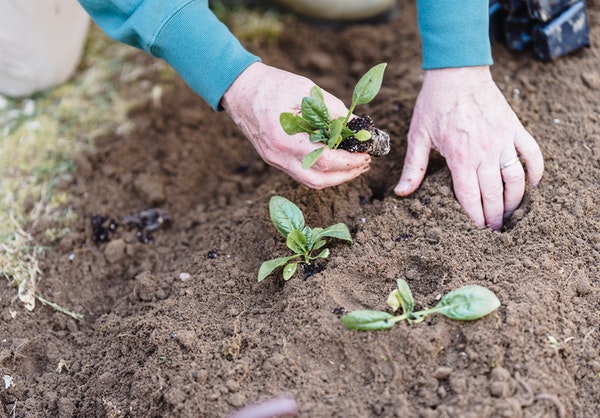
Photo by Greta Hoffman on Pexels.
Free Time?
Retirement is a well-deserved treat at the end of a long life full of hard work. While most look forward to this time in their life, some can become bored and depressed after leaving the workforce. This is why it is suggested that those in retirement find hobbies to develop a sense of routine and have something to look forward to. A great hobby for retirees is gardening. Not only is gardening a low-impact activity– meaning that it’s mentally stimulating while not being too strenuous on the body– but it has also been proven to have some health benefits.
If retirement has got you bored and you want to start something new, you should give gardening a go! Continue reading to learn how to get started.
Gardening 101
Unfortunately, I do not have a green thumb, so I am the last one to give any tips on how to start a flourishing garden. To make up for where I lack, we have one of America’s favorite publications, Better Homes & Gardens, and they have provided a beginner’s guide to starting a proper garden.
Step 1: The first thing you want to do is decide what you want to grow and when you want to grow it. Each species and season necessitates a different level of care for each of your plants. As a beginner, it’s recommended that you start with plants that are small and hearty.
Step 2: Now that you have an idea of what you want in your garden, you should think about where to put it. Sunlight is the most important thing for healthy gardens. To begin, monitor your yard and choose a spot that gets plenty of sun throughout the day.
Step 3: With a perfect sunny spot chosen, you should now begin to prepare your planting area. This means getting all the weeds and sod out of the area that you plan to garden in. Additionally, you should test your soil to ensure that it is prepped and ready to provide the necessary nutrients to your plants. You could do this by tilling or digging it up by hand. Keep in mind that the best soil is moist enough to form a ball but dry enough to fall apart when you drop it.
Step 4: Once your planting bed is ready, here comes the fun part! It’s time to pick out your plants. It can be tempting to pick the most beautiful and interesting plants, but you should stick to plants that are well adapted to your climate, soil, and sunlight. Here is a list of “can’t kill” plants provided by HGTV.
Step 5: It’s time to start planting. This can be pretty simple, as most seedling packets provide directions on planting time, soil depth, and seed spacing. If you want an even easier method, use transplants. This is taking young plants and adding them into your own garden.
Step 6: Along with sunlight, water is extremely vital to the life of your plants. Seedlings, especially, are not allowed to dry out. As the plant gets larger, you can determine how often you need to water depending on your soil, humidity, and rainfall.
Step 7: This final step may be the single most important because you would hate for all your hard work to go to waste: maintain your garden regularly. This means going in and watering the plants before they wilt, pulling weeds, banishing harmful insects, and if required, providing stakes to support tall plants.
I hope this step-by-step guide on starting your own garden inspires you to take up the hobby during your retirement. You can quite literally wake up and smell the roses!
Got Medicare Questions?
We hope that this information on gardening is useful to you.
Let us help you answer your questions so that you can get back to the activities that you enjoy the most.
Call (888) 446-9157, click here to get an INSTANT QUOTE, or leave a comment below!
See our other websites:

